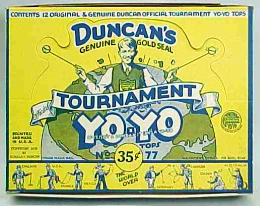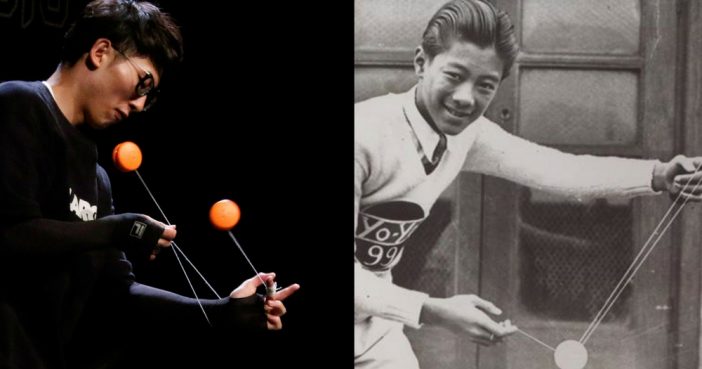
A Greek vase painting from 500 BC shows a boy playing with a yo-yo. Greek records from the period describe toys made out of wood, metal, or painted terra cotta (fired clay). The terra cotta disks were used to ceremonially offer the toys of youth to certain gods when a child came of age—discs of other materials were used for actual play.
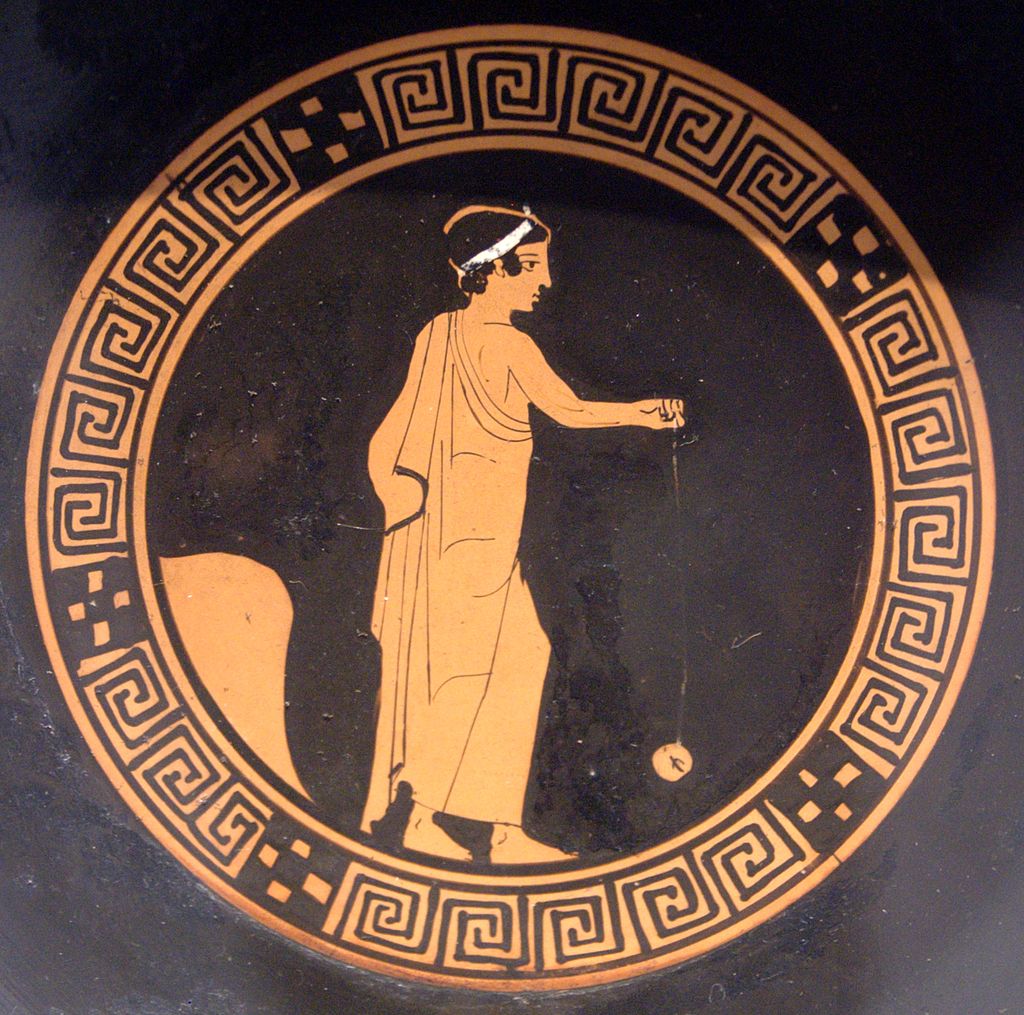
The Birth of the Modern Yo-Yo
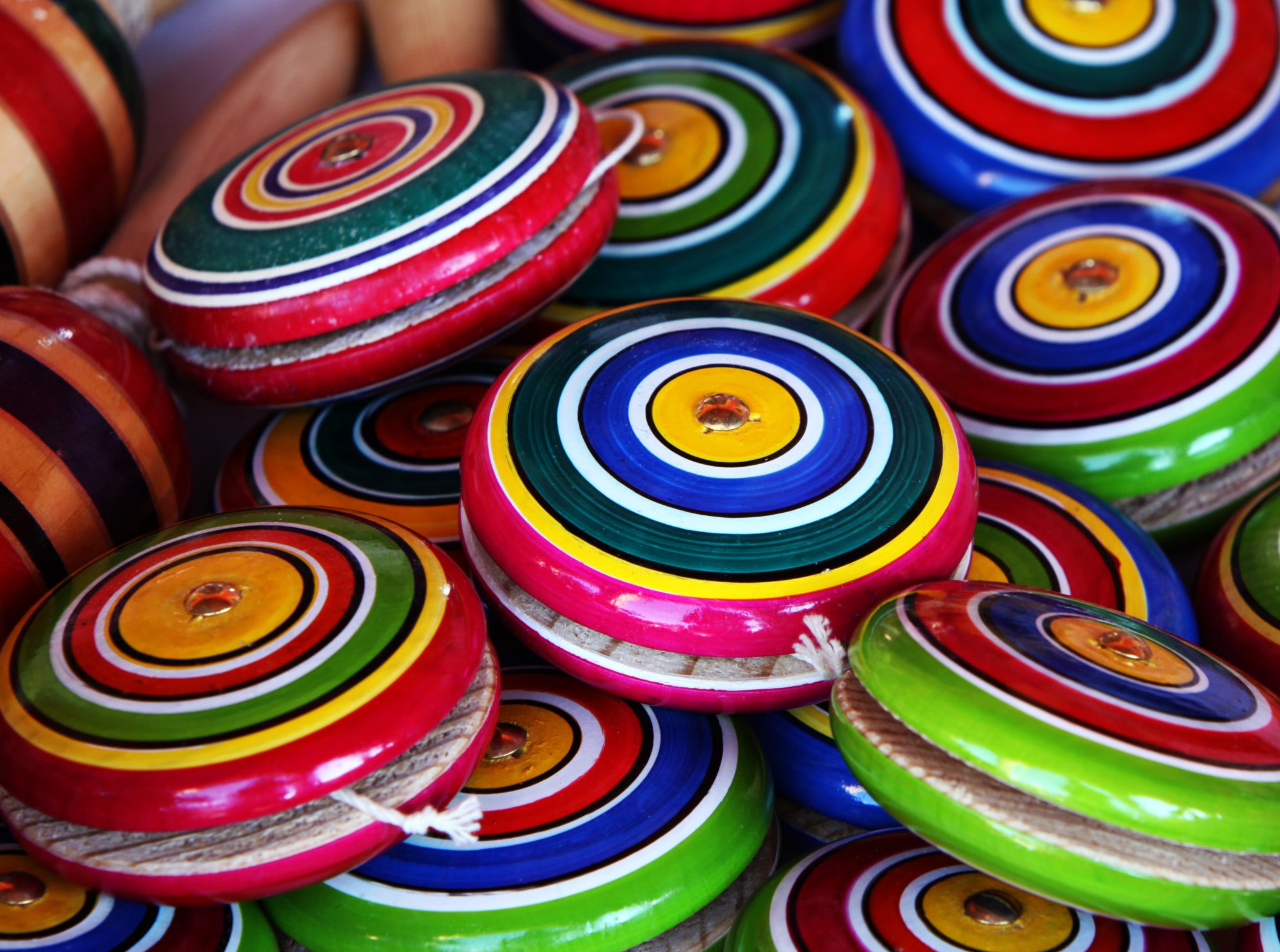
In 1928, Pedro Flores, a Filipino immigrant to the United States, opened the Yo-yo Manufacturing Company in Santa Barbara, California. The business started with a dozen handmade toys; by November 1929, Flores was operating two additional factories in Los Angeles and Hollywood, which altogether employed 600 workers and produced 300,000 units daily.
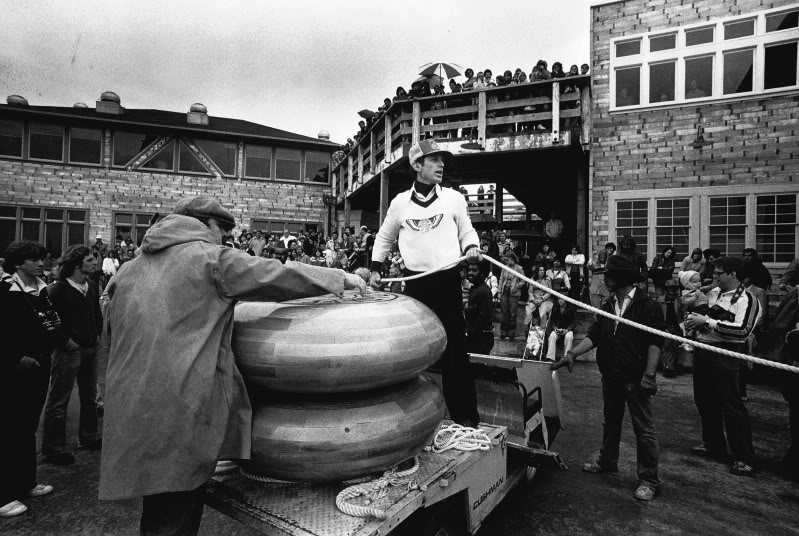
The principal distinction between the Filipino design popularized by Flores and more primitive yo-yos is in the way the yo-yo is strung. In older (and some remaining inexpensive) yo-yo designs, the string is tied to the axle using a knot. With this technique, the yo-yo just goes back-and-forth; it returns easily, but it is impossible to make it sleep. In Flores’s design, one continuous piece of string, double the desired length, is twisted around something to produce a loop at one end which is fitted around the axle. Also termed a looped slip-string, this seemingly minor modification allows for a far greater variety and sophistication of motion, thanks to increased stability and suspension of movement during free spin. Shortly thereafter, in 1929, an entrepreneur named Donald F. Duncan (sound familiar?) recognized the potential of this new fad and purchased the Flores yo-yo Corporation and all its assets, including the Flores name, which was transferred to the new company in 1932.
The name “Yo-yo” was first registered in 1932 as a trademark by Sam Dubiner in Vancouver, Canada. In 1932, Swedish Kalmartrissan yo-yos started to be manufactured as well.In 1946, the Duncan Toys Company opened a yo-yo factory in Luck, Wisconsin.
Click “Next” to read what the birth of the Yo-Yo also created…

